Astronomy in Canada
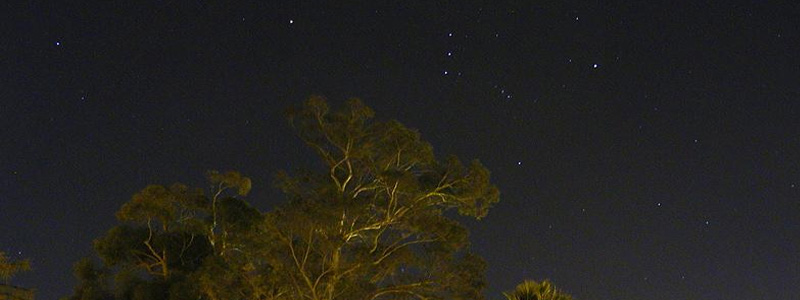
Name some Canadian discoveries of outer space! Do none come
immediately to mind? You may not know it, but Canada has been
involved in exploration of the cosmos since the mid-nineteenth
century and continues to build on its discoveries. From ancient
civilizations to the Renaissance, to modern times and now into a
new millennium, we look to the stars with wonder. In fact,
astronomy is an important part of our everyday lives. It has a rich
history in Canada, as we shall see.
May 2nd to May 8th 2011 is International Astronomy Week. Hosted
by the Royal Astronomical Society of Canada (founded in 1896),
there are celebrations by astronomers, astrophysicists and amateurs
alike across the country every night of the week. The Royal
Astronomical Society of Canada is the country's leading 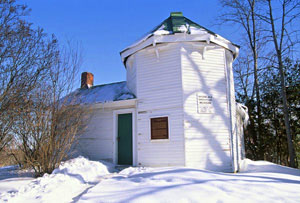 astronomical
organization. Through partnership with the provinces, the Society
aims to promote interest and knowledge in astronomy to better
advance the science. The Society includes both amateur and
professional astronomers and has managed to grow from 120 to 5,000
members today! With the country's ever increasing fascination with
astronomy, Canada has become an international leader in the field
of astronomical exploration. So go look up at our night skies and
peer into our past, and celebrate this event by visiting these
historic places associated with astronomy in Canada:
astronomical
organization. Through partnership with the provinces, the Society
aims to promote interest and knowledge in astronomy to better
advance the science. The Society includes both amateur and
professional astronomers and has managed to grow from 120 to 5,000
members today! With the country's ever increasing fascination with
astronomy, Canada has become an international leader in the field
of astronomical exploration. So go look up at our night skies and
peer into our past, and celebrate this event by visiting these
historic places associated with astronomy in Canada:
The William Brydone Jack Observatory National
Historic Site of Canada was founded in Frederiction, New Brunswick,
in 1851 by William Brydone Jack and is the second oldest
observatory in the nation.  Beating the William Brydone Jack Observatory by
just one year as the oldest observatory in Canada is Building 20 which is part of the Québec Citadel
National Historic Site of Canada. However, the William Brydone Jack
Observatory is historically significant for many breakthroughs such
as, making the first accurate longitude measurement in Canada and
the creation of the first accurate provincial map of New Brunswick
due to measuring that Greenwich was 4 hours, 26 minutes and 33.43
seconds west of Fredericton. The observatory has had an incredible
impact on the province through its discoveries and correction of
errors in international boundaries, and, in 1984 it was transformed
into a museum to display this important aspect of Canadian
culture.
Beating the William Brydone Jack Observatory by
just one year as the oldest observatory in Canada is Building 20 which is part of the Québec Citadel
National Historic Site of Canada. However, the William Brydone Jack
Observatory is historically significant for many breakthroughs such
as, making the first accurate longitude measurement in Canada and
the creation of the first accurate provincial map of New Brunswick
due to measuring that Greenwich was 4 hours, 26 minutes and 33.43
seconds west of Fredericton. The observatory has had an incredible
impact on the province through its discoveries and correction of
errors in international boundaries, and, in 1984 it was transformed
into a museum to display this important aspect of Canadian
culture.
The Dominion Observatory in Ottawa, Ontario was the
first major observatory built in Canada. Opened in 1905, its
primary function was to provide the precise time for government
departments, but developed to become the nation's main point of
reference for accurate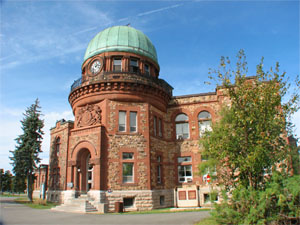 timekeeping. Astronomy
developed over the following decades and new equipment was procured
for the observatory. Emphasis was placed on the study of the sun
and the stars. In 1970, the National Research Council took over the
Dominion Observatory's timekeeping duties and the observatory was
transformed into government offices. The founding of the Dominion
Observatory paved the way for Canada's participation in the field
of astronomy and the impact this had on our heritage accounts for
why so much equipment from the Observatory is on display at the
Canada Science and Technology Museum in Ottawa.
timekeeping. Astronomy
developed over the following decades and new equipment was procured
for the observatory. Emphasis was placed on the study of the sun
and the stars. In 1970, the National Research Council took over the
Dominion Observatory's timekeeping duties and the observatory was
transformed into government offices. The founding of the Dominion
Observatory paved the way for Canada's participation in the field
of astronomy and the impact this had on our heritage accounts for
why so much equipment from the Observatory is on display at the
Canada Science and Technology Museum in Ottawa.
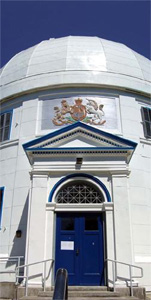 One of the astronomers
working at the Dominion Observatory, John Plaskett, was interested
in expanding scientific studies in astronomy and went on to become
director of a new observatory that was built near Victoria, British
Columbia to improve research results in the field. At its opening
in 1918, the Dominion Astrophysical Observatory National
Historic Site of Canada housed the world's largest operating
telescope: the Plaskett Telescope. Incredible breakthroughs were
made at this observatory: the discovery that our galaxy, the Milky
Way, rotates and takes 22 million years to complete one rotation;
the distance of the sun from the center of our galaxy; that the
temperature of the universe is approximately -270oC; and the
discovery of the presence of matter in the universe. This
observatory was internationally recognized in the field of
astronomy and remained at the forefront of research into the
1960s.
One of the astronomers
working at the Dominion Observatory, John Plaskett, was interested
in expanding scientific studies in astronomy and went on to become
director of a new observatory that was built near Victoria, British
Columbia to improve research results in the field. At its opening
in 1918, the Dominion Astrophysical Observatory National
Historic Site of Canada housed the world's largest operating
telescope: the Plaskett Telescope. Incredible breakthroughs were
made at this observatory: the discovery that our galaxy, the Milky
Way, rotates and takes 22 million years to complete one rotation;
the distance of the sun from the center of our galaxy; that the
temperature of the universe is approximately -270oC; and the
discovery of the presence of matter in the universe. This
observatory was internationally recognized in the field of
astronomy and remained at the forefront of research into the
1960s.
On October 9th, 1957, the Newbrook Observatory in Newbrook, Alberta made
an important achievement for Canada by capturing the first
photograph in North America of the first earth-launched satellite:
Sputnik I. The Newbrook Observatory was built in 1951 on the
Prairies so as to cover a large latitude span in order to study the
upper atmosphere in cooperation with U.S. researchers. The famous
photo demonstrated that Canada was a force to be reckoned with by
other countries.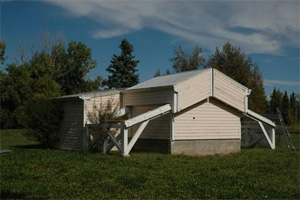
This overview offers examples of significant Canadian advances
in the field of astronomy through historic places. We have yet to
uncover all the secrets of the universe and the Royal Astronomical
Society of Canada continues to promote this field to future
generations so that Canadians can continue to explore the
cosmos.
To become a member if inspired or simply to find out more
information about the Royal Astronomical Society of Canada, visit
their official website: www.rasc.ca.